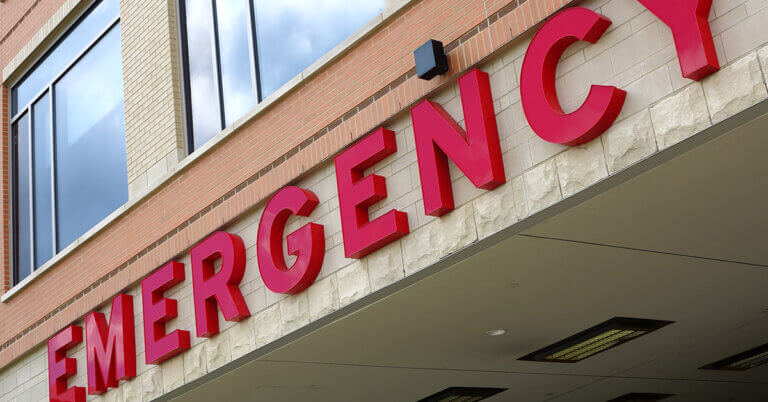March 30, 2022

$6.8 Trillion and Counting
The big healthcare story of the week, of course, was the latest national health expenditure projections released by CMS. The agency’s actuaries said national health spending will grow at an average annual rate of 5.1 percent starting in 2021 and hit nearly $6.8 trillion by 2030. That amount will represent 19.6 percent of the gross domestic product eight years from now.
I like to look through CMS’ NHE projection spreadsheets for anything unusual or different or that bucks conventional wisdom that would make for a good man-bites-dog news story or blog post. This week was no different, and I did find something. CMS’ projections are remarkable because they’re unremarkable.
Absolutely nothing jumps out at you as an out-of-control driver of national health spending that needs to be controlled if we want to bend the cost curve. Everything is going up 4 percent to 8 percent a year consistently over the next 10 years:
- Hospital care? About 5.7 percent a year.
- Physician and clinical services? About 5.6 percent a year.
- Prescription drugs? About 5 percent a year.
- Home care? About 6.4 percent a year.
Throw a dart at Table 2 and chances are you’ll hit something with a five in it.
The only aberration is 2020, when NHE jumped 9.7 percent because of government spending on the COVID-19 pandemic, according to CMS. But a year later, things were back to normal and will stay that way at least for another decade.
We like to say at 4sight Health that healthcare will change more in the next 10 years than it has in the past 100 years. I believe that to be true. But, maybe we should qualify that to say “healthcare delivery” will change because, at least according to CMS, healthcare spending won’t.
It’s possible that absent all the innovation in healthcare delivery going on that the fives on CMS’ Table 2 would all be 10s, and new care delivery models and advances in medical treatments and technology are halving what could have been double-digit healthcare inflation over the next 10 years.
It’s more likely that new care delivery models and advances in medical treatments and technology are as expensive if not more expensive than the old ones. Why? They’re better, and their owners and investors want a big return on their money. I pay more for a better car, better golf clubs, a better fishing pole or a meal at a better restaurant. Why shouldn’t I pay more for better healthcare?
And that’s the rub. Most of the innovation in care delivery happening right now isn’t trying to make care cheaper or more affordable. Some is. But most isn’t. There’s no money in no money. Until there is, there won’t be anything interesting to find on CMS’ healthcare spending spreadsheets.
Thanks for reading.





